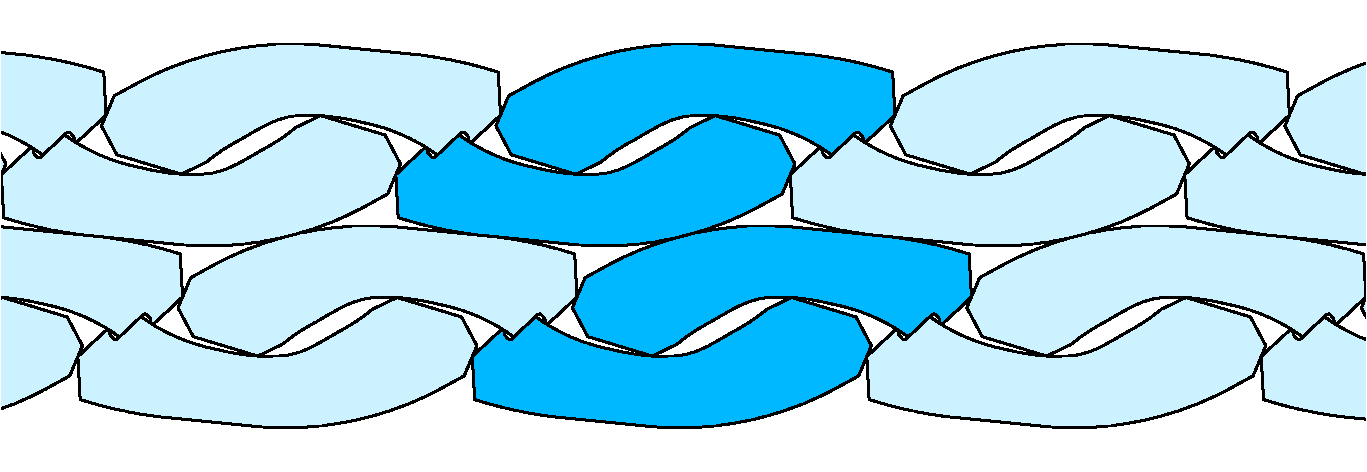Bodies of cars are made from some hundreds of metal parts. In the production process these three-dimensional parts are cut from two-dimensional sheet metal before they are formed and welded together.
The two-dimensional sheet metal is available as long rolls which are called coils. Coils can have different widths, material properties and prices. Each metal part in the car has certain requirements regarding the quality of the metal it is made of.
In the CoilNest project we minimize the material costs of the sheet metal by assigning the two-dimensional parts to appropriate coils of sheet metal and by nesting them on these coils under consideration of a given set of production constraints.
Due to machine restrictions only a few different parts are allowed to be nested together on a coil. This is different from many other classical problems like marker making on fabric and leather where up to many hundred pieces have to be arranged. The parts that are placed on the coil form a periodically repeating pattern - see the picture below. The width of the coil is selected by the optimization algorithm.
